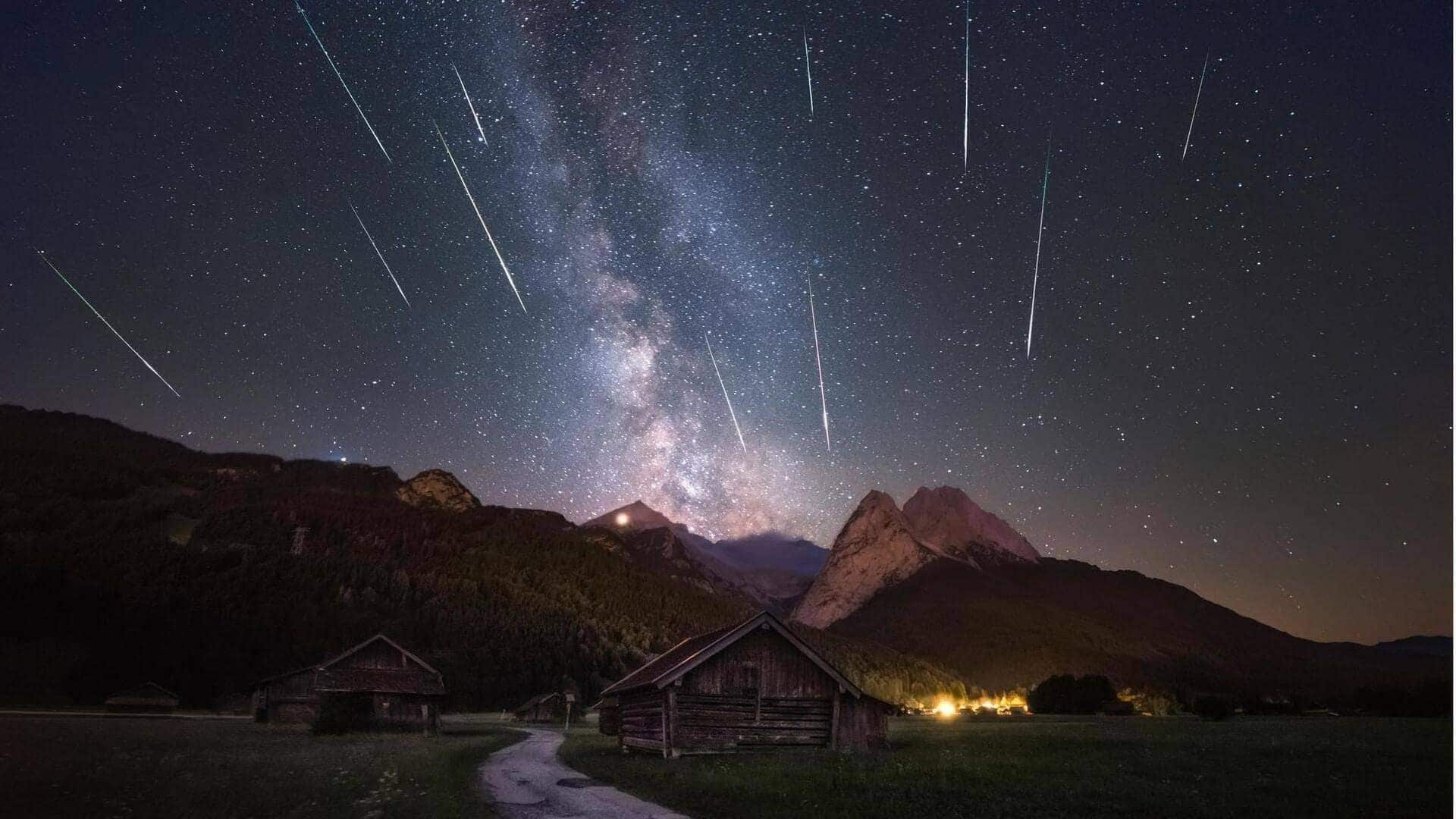
Oldest known meteor shower peaks soon—When to watch the Lyrids
What's the story
Earth's oldest known meteor showers, the Lyrids, are all set to light up the night sky this weekend.
According to the Royal Greenwich Observatory, the celestial event will be visible from April 16 to April 25, peaking on April 22.
The annual spectacle occurs as Earth passes through the trail left by comet C/1861 G1 Thatcher. The meteor shower was first spotted in 687 BCE.
This year's display promises to be extraordinary owing to nearly moonless night skies.
Cosmic origin
Lyrids's journey through the cosmos
The Lyrids get their name from the Lyra constellation, from where they seem to come from in the sky.
But, that's just an illusion as these meteors have no relationship with far-off stars. They are named after their radiant point in Lyra, close to bright star Vega.
The meteors travel at around 48km per second, producing bright streaks of light as they enter Earth's atmosphere.
As many as 18 "shooting stars" per hour could be visible at peak times.
Observation tips
Viewing the Lyrids meteor shower
The Royal Greenwich Observatory recommends that the best way to catch a glimpse of the Lyrids is from a dark site with an unobstructed view of the sky.
Light pollution can affect visibility, but no special equipment is needed as these meteors are visible with the naked eye.
The best time for viewing is during predawn hours when this meteor shower's radiant point is highest in the sky.